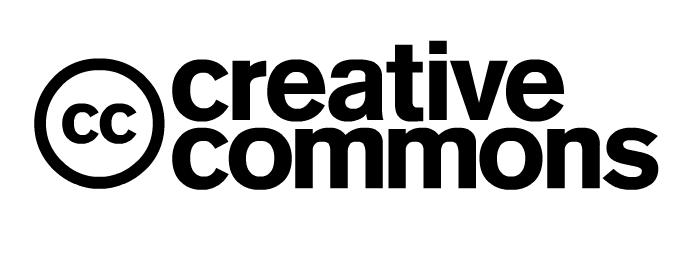Using Copyrighted Materials
For teachers, the issue of copyright is both an ethical and legal dilemma. The ethical dilemma arises from a provision called ‘fair use' of copyrighted materials for purposes of teaching. Because of inherent ambiguity that permits you, the teacher, to use portions of copyrighted material for teaching purposes, the judgment as to what is a ‘fair proportion' is left to you to make. You may be infringing the law if others judge your ‘fair proportion' as ‘unfair'. In academic circles, the ‘sin' of plagiarism is very much around this fair use provision. The legal dilemma is fairly clear to address. The simple rule in terms of respecting the property rights of others is: do NOT use without permission. For example in developing this course, we have used the following as our three main texts:
- B. J. Poole and E. Sky McIlvain: Education for an Information Age
- M. Orey: Emerging Perspectives on Learning, Teaching and Technology
- Haddad and Draxler: Technologies for Education: Potential, Parameters and Prospects
In the case of the first book, we wrote to the author, Prof. Bernard Poole, for permission to use the book and make it available freely to you, the student. In the case of the second book, we are accessing it through a recently emerging provision called Creative Commons Attribution (CC-BY) license, which allows us free use with the caveat that the original authorship is acknowledged and attributed. In the third case, we were permitted as an institution to hyperlink the uniform resource locator, or URL, for the book and you as an individual can access the entire book but you are not permitted to distribute it.
Copyright laws are meant to protect the works of the original creator whether it is literary, dramatic, musical and artistic. These laws protect both published and unpublished works. Owners of copyright have the right to authorise others to reproduce and distribute their work (the music industry and the publishing industry is a reflection of this permit). These laws are not unlimited in scope; there are exemptions, and one such exemption is the ‘fair use' exemption.
‘Fair use' puts a limitation to the exclusive right provided by copyright laws. The fair use doctrine permits limited use of copyrighted material without requiring permission from the creator of the material. Its application is governed by four principles, which are:
- The nature of the copyrighted work (is it in the public domain or of public interest to allow breaching the rights of the original creator).
- The proportion of the original materials used.
- The impact of the portion used on the market value of the original works.
- The purpose and nature of use, whether it is for profit or not for profit, or for teaching or student projects.
‘Copyleft' as a provision that has emerged with the arrival of the computing age. This provision permits a programme (e.g. software) to be available free of charge, with a condition that requires all subsequent modification or revisions of that programmes to be free as well. This is a form of licensing, which is used to maintain copyright conditions for works of computing software, documents, artistic works etc. It gives the original creators the right to permit all others to reproduce, adapt and distribute the resulting versions. Richard Stallman (2008), computer programmer and software activist, created the first such copyleft license (GNU, General Public License). This out-of-the-box provision gave rise to another convention related to academic work called a Creative Commons license, a movement founded by Harvard lawyer Lawrence Lessig (2003). The CC license allows creators of works to decide which rights they wish to waive and which they wish to preserve under a set of terms. These licenses are based upon copyright laws but provides for access to original works freely.
The Creative Commons development has led to further global developments of benefit to the academic community. This development is pursuing the idea that education should be easily accessible to all of humanity and access to information especially access to scholarship including learning resources (textbooks, media learning materials, research publications, etc.) is an integral part of that open access. The movement is popularly known as the Open Education Resources (OER) movement and is receiving much attention around the world. The United Nations Educational, Scientific and Cultural Organisation (UNESCO) is a strong advocate of this development which encourages "open provision of educational resources, enabled by information and communication technologies, for consultation, use and adaptation by a community of users for non commercial purposes."
Communities of
educators throughout the world have embraced the OER movement as a means to
increase access to knowledge resources as well as spark innovation in teaching
and learning. While the OER arrangement is firmly founded on principles of
‘fair use' and ‘creative commons' licensing, it is not without limitations in
terms of use. Learning materials made available under this convention mostly,
though not always, carry this icon:

In the age of multimedia and the easy access to learning resources through the WWW, the academic community is confronted with both a moral and a legal difficulty. In your own words, justify the statement by a former Director of UNESCO that "To remain human and liveable knowledge societies will have to be societies of shared knowledge." Does this mean that all knowledge must be freely and easily shared by ALL?
Click here to view the PowerPoint presentation.
Licensed under the Creative Commons Attribution 3.0 License